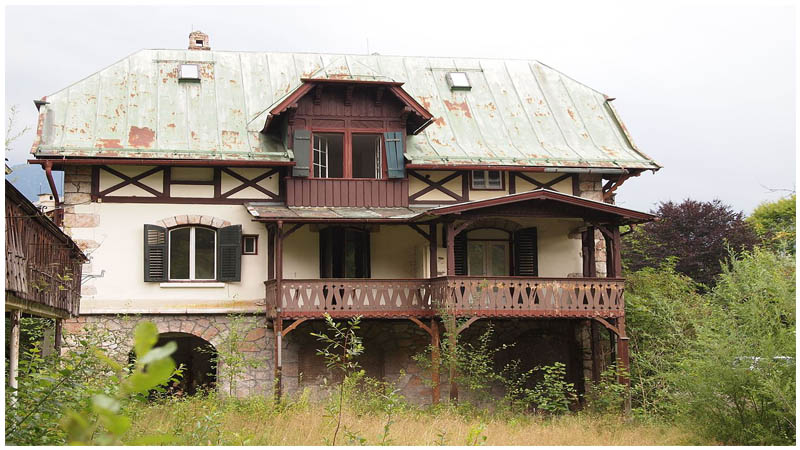As technology progressed in the 19th-century, industrialization was gathering momentum, steadily catapulting the German middle class towards the more refined upper echelon of society.
As a result, people now found themselves with more free time on their hands and more than enough money to spend on leisure.
But with industrialization also came pollution, and the foul smell of smog soon descended upon all major cities. For many, the solution to the problem was to leave the cities during weekends and holidays and seek peace elsewhere.
King Maximilian II of Bavaria was among the first to reach this conclusion. He found the community of Berchtesgaden to be pleasant and erected himself a holiday palace, amid rich greenery and in the shadow of the Bavarian Alps.
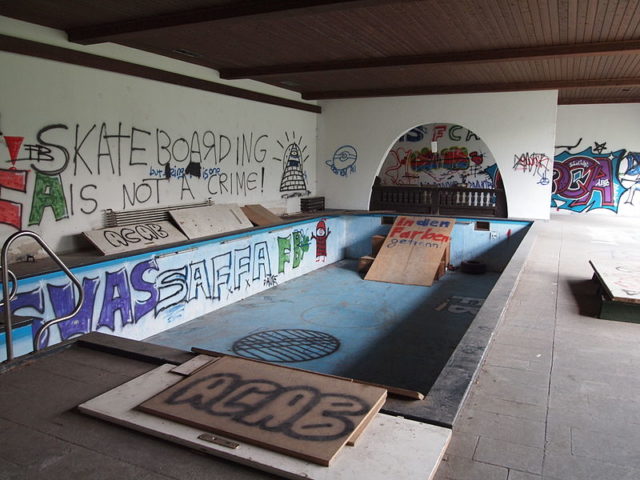
Four years before the death of Maximilian II, a railroad was constructed that stretched from Rosenheim to Salzburg. The railroad made the region far easier to reach for the general public.
Six years later, in 1866, the railroad received an extension, and a route was added that went to Bad Reichenhall. The railroad continued to expand, but it took 22 years before the tracks finally reached Berchtesgaden in 1888.
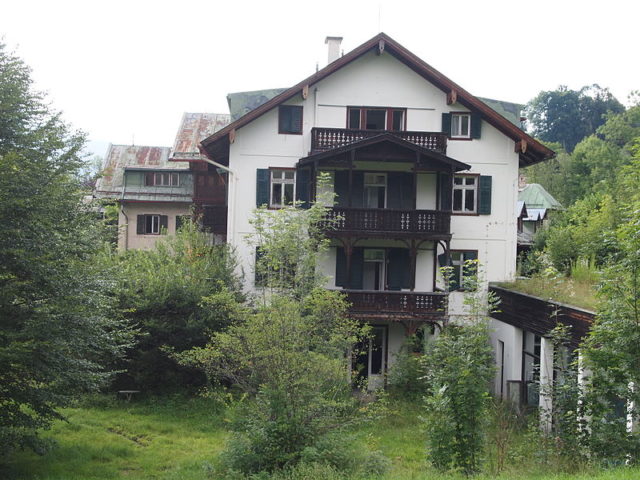
Before the construction of the railway, a gentleman by the name of Hugo Geiger retired from the Royal Bavarian Customs Service in 1865.
He was 37 at the time and had only one thing on his mind: to retreat somewhere quiet. He bought a humble house and farm in-between Stanggaß and Berchtesgaden.
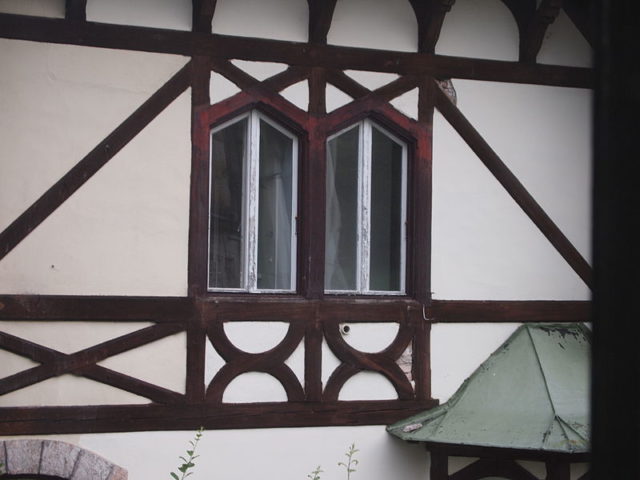
Geiger’s property dated back to the 15th-century. His wife, who had grown up as a member of the German upper class and was significantly younger than him, had a plan to completely redesign the house, and this she did, converting it into a 19th-century guest house.
By 1866, the house became known as Haus Geiger. With time the number of guests grew steadily, aided by the unification of Germany and the increased accessibility as a result of the railroad. The Bavarian Alps became widely known, marketed as a safe retreat from the industrial pollution of the cities.
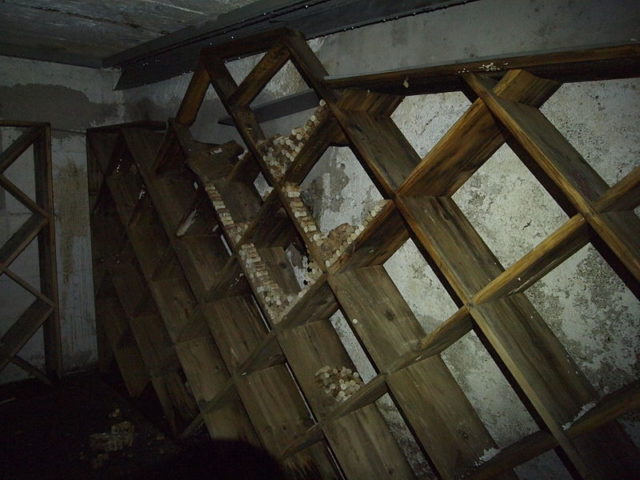
The Geiger family, inspired by profit and the steady flow of guests, refurbished and extended their property in 1874, adding a new wing. The year was also marked by the death of Hugo Geiger.
Ownership of the guest house was transferred to Franz Geiger, Hugo’s son, who ran the establishment with help from his wife, Nina.
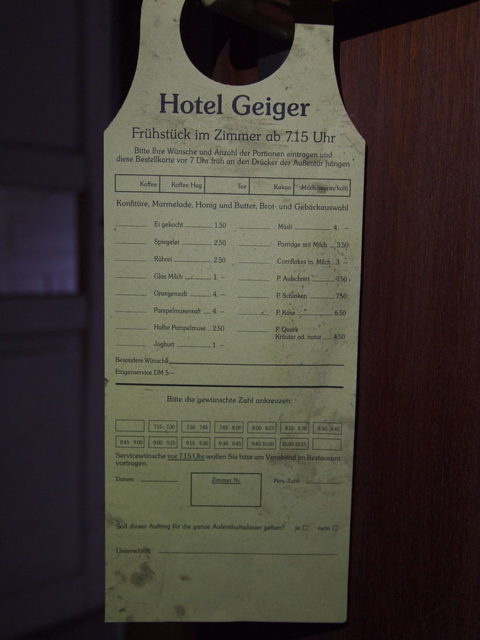
Over the next twenty years, the guest house continued to grow and became a well known hotel. Another major renovation took place in 1884, which involved redesigning most of the main building. In 1890, the hotel opened its new annex: an ornately decorated two-story extension that would at a later date become known as ‘Dependance.’
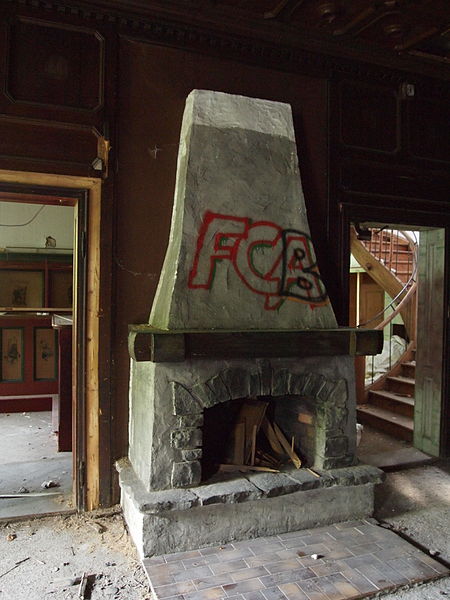
In 1924, Rudolf Geiger took control of the business. The same year, he made the decision to further expand the family business and opened a gas station right next to the hotel. This proved to be a smart move as the gas station was instantly popular, being the first in the region.
Over the years the business continued to grow. In the 1930s, the local economy received a boost when Adolf Hitler decided to erect himself a residence in the paradise beneath the Bavarian Alps. Great numbers of tourists came from far and wide to witness the new chancellor and his villa.
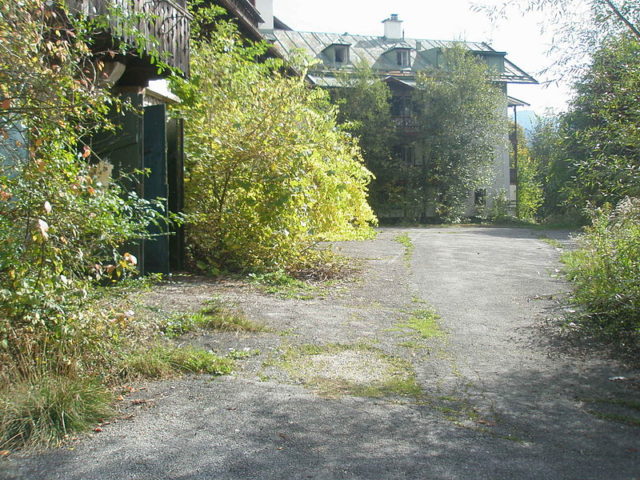
When World War II started, the hotel became a place of recuperation for Luftwaffe officers. After the war, in 1945, it was used by Officers of the U.S. Army, including John F. Kennedy. The hotel then received a series of renovations in an attempt to return its pre-war shine before re-opening to civilians.
After 130 years of providing solace for its many guests, the hotel was closed in 1997 due to bankruptcy. The hotel was subsequently abandoned and has since stood in a state of constant deterioration. In 2017 the property was sold and part of it demolished, with the rest awaiting a similar fate.
